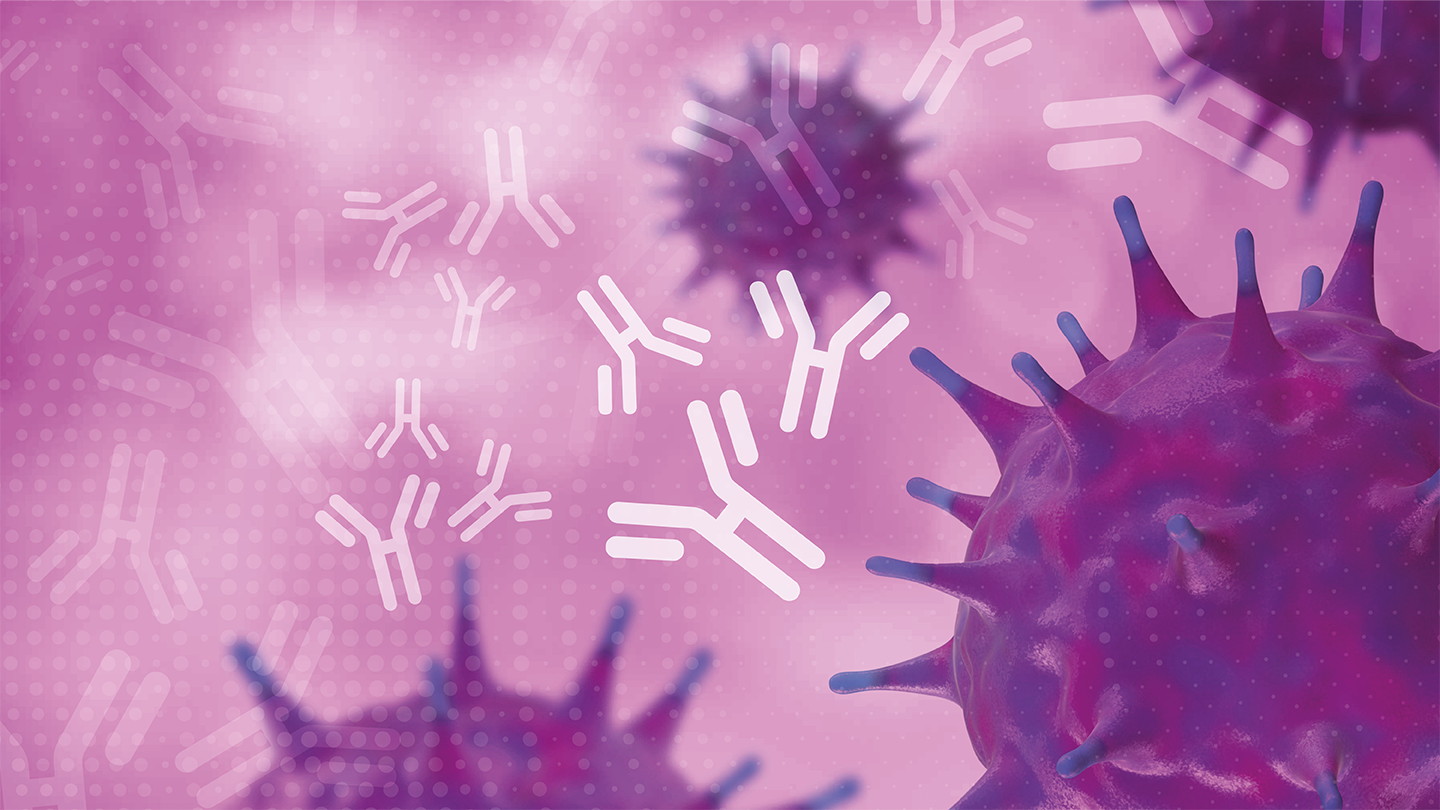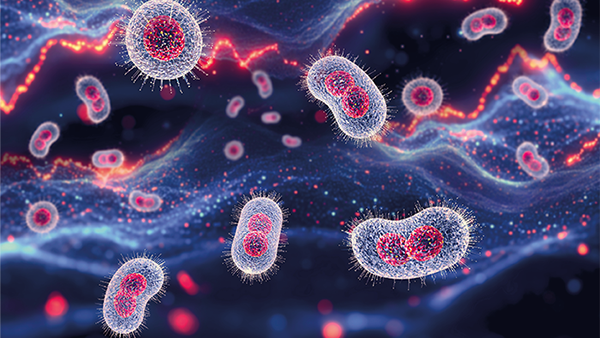Superbugs Versus Supercomputers
How developments in antivirulence drug treatments could curb the alarming threat of antimicrobial resistance (AMR)
AMR-related infections account for over 700,000 annual deaths, but are projected by the WHO to rise to as many as 10 million by 2050 each year(1).
To aid the development of new and effective treatments for drug-resistant bacterial infections, researchers from Simon Fraser University (SFU) in Canada have identified pathogen-associated genes in various disease-causing bacteria that could lead to new antivirulence drugs (2).
“The ultimate goal of our research is to use current sequencing technologies and computational analysis to discover new drug targets, which can be used to develop new drugs to fight bacterial infections,” says SFU alumnus Venus Lau, lead author of the study. The team also wants to understand what those genes do and how they cause infection symptoms in humans.
In theory, antivirulence therapeutics can reduce the burden on healthcare systems by minimizing bacteria’s ability to cause damage to the host, providing time for a patient’s immune system to clear the pathogen. Using computational analysis and the university’s “Big Data Hub” to examine thousands of previously sequenced bacterial genomes, the research team identified “antivirulence” drug targets that can disarm bacteria without causing resistance to develop.
Antivirulence therapies do not “inhibit bacterial growth in vitro, but limit the production or function of virulence factors that promote infection or incite host damage in vivo” (2). Their research also uncovered various disease-causing bacteria that had not been formerly characterized.
“Antivirulence therapeutics are a promising approach to combat this global public health threat by aiming to attenuate bacterial virulence rather than to negatively impact the survival of specific bacterial pathogens – potentially selecting more for drug resistance,” state the authors in the paper (3). “Revitalizing and applying the antibiotic drug discovery pipeline, including the use of existing natural product and small molecule libraries, for the discovery of novel antivirulence therapeutics may be a promising strategy in mitigating AMR-related morbidities and mortalities.”
This article originally appeared on our sister brand, The Medicine Maker.
References
World Health Organization, “New report calls for urgent action to avert antimicrobial resistance crisis” (2019). Available at: bit.ly/3UzMzYm
CA Ford et al., “Antivirulence Strategies for the Treatment of Staphylococcus aureus Infections: A Mini Review,” Front Microbiol, 11, 632706 (2021). PMID: 33519793.
WYV Lau et al., “Pathogen-associated gene discovery workflows for novel antivirulence therapeutic development,” eBioMedicine, 88, 104429 (2023). PMID: 36628845.





